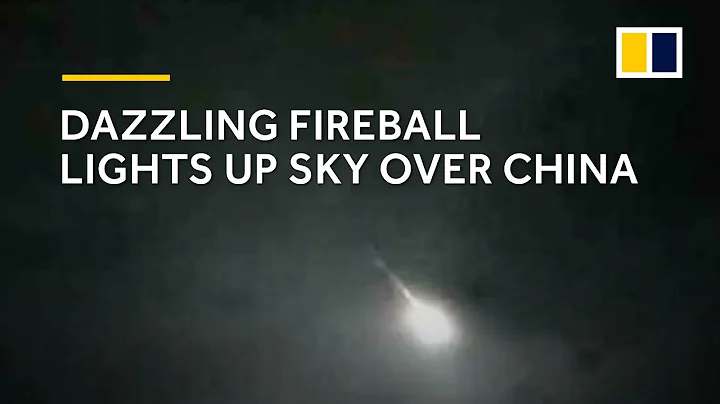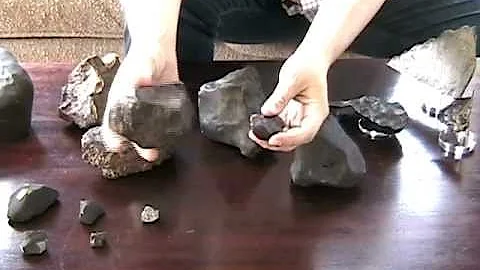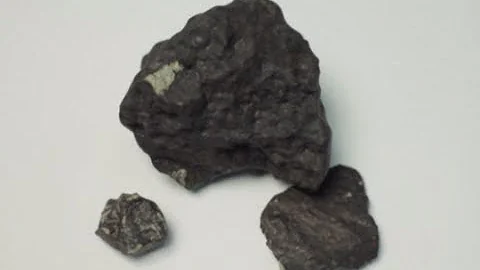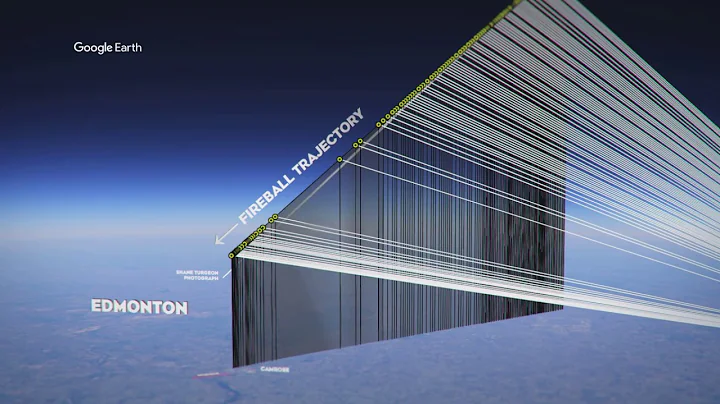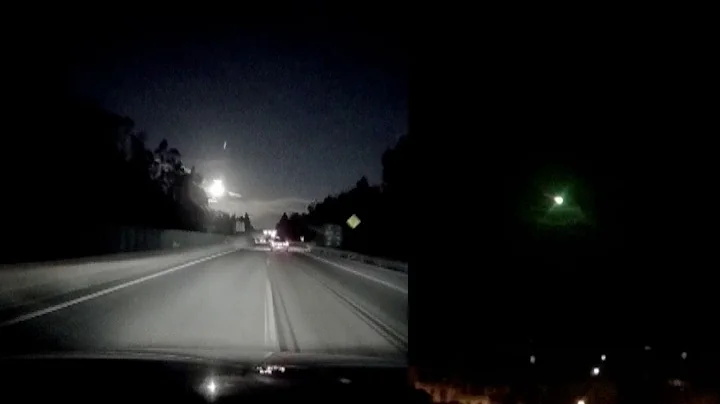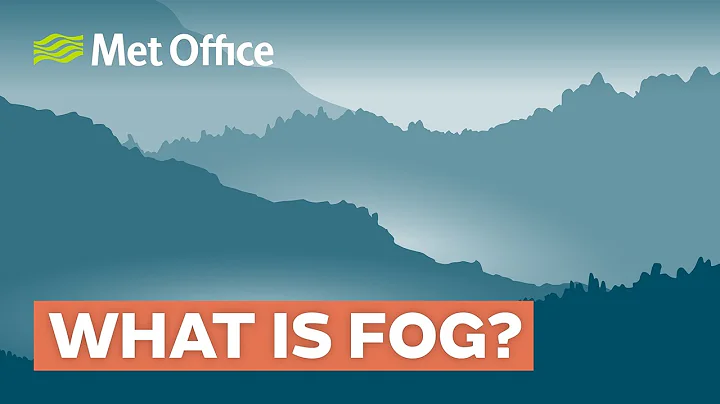Science and Technology Daily reporter Jinfeng
There is a 430-kilometer-long iron meteorite ultra-long fall zone in the Altay region of Xinjiang, my country. It is currently the longest meteorite fall zone in the world. On the 27th, a reporter from Science and Technology Daily learned from the Purple Mountain Observatory of the Chinese Academy of Sciences that research by internal and external scholars at the Observatory found that the meteorite belt was formed after an asteroid broke into the earth at a very low angle of incidence. of. Relevant results were recently published in the international academic journal "Science Advances".
Iron meteorites with a total mass of more than 74 tons have been discovered in the Altay region of Xinjiang, my country. These meteorites of different masses range from 0.43 tons, 5 tons to 28 tons.

Altay meteorite block distribution map. Photo courtesy of Purple Mountain Observatory
In previous studies, researchers used neutron activation methods to confirm that these iron meteorites have the same composition and the same internal mineral rock structure. They are both abnormal type IIIE iron meteorites and are the same meteorite fall event. the result of. In 2016, the International Meteorite Society named them Altay IIIE anomalous iron meteorites.
"The total length of the Altay iron meteorite fall zone is 430 kilometers, running from Mulei County in Xinjiang in the northwest direction to the vicinity of Xiaodonggou on the outskirts of Altay City, far exceeding the common ordinary meteorite fall zone of several kilometers to tens of kilometers. "Introduced by Xu Weibiao, co-corresponding author of the paper and researcher at the Department of Planetary Science and Deep Space Exploration Research of the Purple Mountain Observatory of the Chinese Academy of Sciences.
Where did this belt of decline come from? Since 2020, researchers have conducted numerical simulation studies on the formation mechanism of the Altay fall zone using various methods such as rock mineralogy, geochemistry and numerical simulation.
Research shows that the fall zone is caused by an asteroid weighing 280 to 3440 tons, traveling from southeast to northwest at a speed of 12 to 15 kilometers per second, with a very low incident angle of 6.5-7.3°. It is formed after entering the earth's atmosphere and landing.
"We simulated thousands of data combinations of asteroid weight, speed and incident angle, and finally calculated these data intervals. The most special one is the incident angle. If the angle is larger, the asteroid will directly hit the atmosphere. If an air burst occurs in the atmosphere, the distribution zone where the meteorite hits the ground will not be so long. If the angle of incidence is smaller, it will be difficult for the asteroid to enter the atmosphere, and the meteorite fragments will be bounced back into space. It can float very far," Xu Weibiao explained. The
scientific research team believes that the simulation results can better explain the distribution characteristics of Altay iron meteorites. This study established a dynamic orbital evolution model of near-Earth asteroids entering the Earth's atmosphere, and innovatively proposed the "floating effect" of low-elevation angle impacts of asteroids. "" orbital fall mechanism, reveals the mystery of the formation of the longest known Altay fall zone in the world, and builds a new method for high-precision identification of dangerous corridors for near-Earth asteroid impact.
editor: Liu Yiyang
review: Yue Liang


